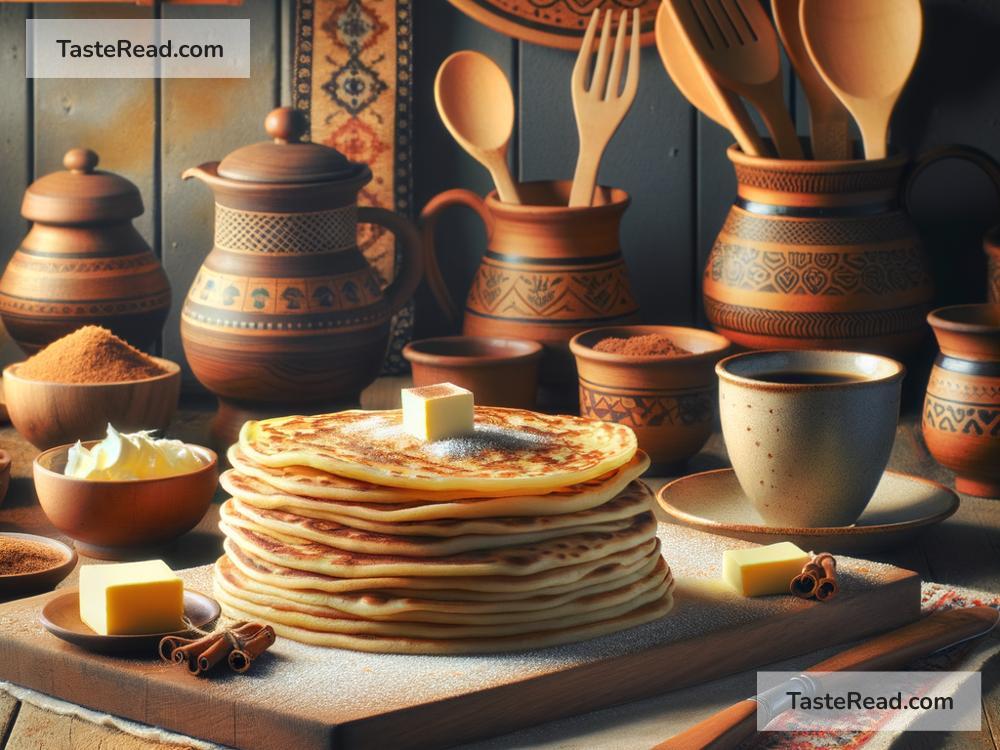Discovering the Delicious Cultures of Norwegian Lefse Traditions
When you think of Norwegian food, you might picture fresh salmon, hearty stews, or maybe even brown cheese. But one of Norway’s most beloved culinary traditions is far simpler: lefse. This soft, thin, and delicious flatbread carries the spirit of Norwegian culture in every bite. If you’ve never heard of it before, you’re in for a treat! Lefse is much more than just food—it’s a link to Norway’s past and a cherished part of family traditions. Let’s dive into its history, how it’s made, and why it’s so special to the Norwegian people.
What Exactly Is Lefse?
Lefse (pronounced LEF-suh) is often compared to tortillas or crepes because of its thin, flat shape. But its texture and flavor set it apart. Traditionally made from potatoes, flour, butter, and milk or cream, lefse is cooked on a griddle until lightly golden. The result is a tender, flexible flatbread that can be enjoyed in numerous ways—sweet, savory, or just plain.
Norwegians hold lefse close to their hearts, particularly during holidays like Christmas. For many families, making lefse is as much about the experience as it is about the actual food. It’s a chance to come together, share stories, and bond over dough and rolling pins.
A Taste of History
Lefse has deep roots in Norway’s history. For centuries, it was a staple food for rural Norwegian communities. In the old days, people lived off what they could produce locally, and potatoes were a reliable crop that grew well in Norway’s chilly climate. Combining mashed potatoes with flour created a dough that was easy to roll out, store, and cook over a hot surface. Lefse became an adaptable food that could be packed up for long journeys or shared at festive gatherings.
While the basic recipe has remained the same, variations of lefse have emerged over time. Regions in Norway developed their own twists based on available ingredients. Some types include thick, hearty lefse, while others are thinner and finer. Some prefer using cream in the dough, while others stick to simple butter and milk. No matter the variation, lefse continues to celebrate Norway’s resourcefulness and strong agricultural traditions.
The Art of Making Lefse
Making lefse is an art, and anyone who’s tried it will tell you it’s harder than it looks! But that challenge is part of the fun. Norwegian families often spend hours together in the kitchen rolling out lefse dough, laughing when pieces stick to the countertop or break apart.
To make lefse, you start by boiling potatoes, mashing them smooth, and letting them cool. Once cooled, they’re mixed with flour, butter, and cream to form a soft dough. The dough is divided into small balls, which are rolled out thinly using a grooved rolling pin called a lefse pin. The grooves give lefse its signature texture and prevent it from puffing up too much while cooking.
Next comes the cooking! Lefse is cooked on a griddle—a large, flat, hot surface—until it starts to bubble and brown lightly. It requires a careful touch. Too much heat, and the lefse will scorch; too little, and it might turn tough. Once cooked, the lefse needs to cool completely before serving.
How Do You Eat Lefse?
One of the best parts about lefse is that it can be customized to fit anyone’s taste. Some people love to spread butter on it, sprinkle it with sugar, and roll it up for a sweet treat. Others prefer savory fillings, like smoked salmon or slices of ham and cheese. Many Norwegians enjoy lefse with a simple schmear of butter alongside coffee—comfort food in its purest form!
In festive settings, lefse might be paired with traditional Norwegian meals or even served alongside lutefisk, a special (and acquired taste) fish dish for Christmas. However, there’s no wrong way to eat lefse, and its versatility is part of why people love it.
Lefse Around the World
Norwegian immigrants brought their love for lefse to places like the United States during the late 19th and early 20th centuries. Today, lefse remains popular among Norwegian-American communities, especially in places like Minnesota, Wisconsin, and other Midwest states with strong Scandinavian roots. You can even find lefse festivals and competitions in these areas, celebrating this humble flatbread with demonstrations, tastings, and plenty of Nordic pride.
If you don’t have Norwegian roots but want to try lefse, don’t worry—plenty of recipes and videos online can help you get started. There are even stores that sell pre-made lefse or lefse-making kits, making it easier than ever to enjoy this piece of Norwegian culture in your own home.
Why Lefse Matters
At first glance, lefse might seem like just another flatbread. But for Norwegians, it’s so much more. It’s a bridge between generations, reminding people of their grandparents’ kitchens and the stories they told. For modern Norwegians, it’s a way to stay connected to their heritage and celebrate their roots in a fast-changing world.
Whether you’re Norwegian or simply curious about Scandinavian culture, lefse is a tasty way to experience the warmth and charm of Norway. It’s proof that some of the most meaningful traditions in life can be found in the simplest foods. So, roll up your sleeves, grab some potatoes, and give lefse-making a try—you’ll discover why this cherished flatbread has been warming hearts for centuries!


